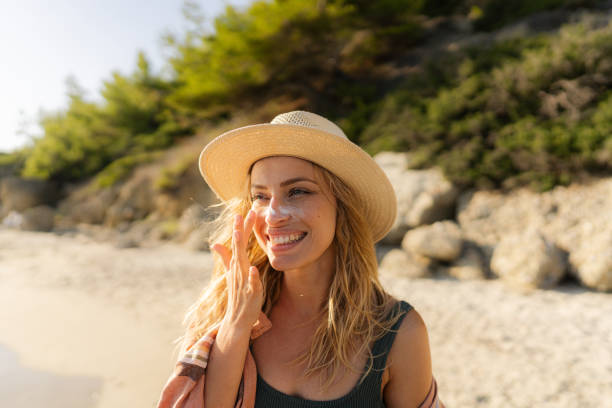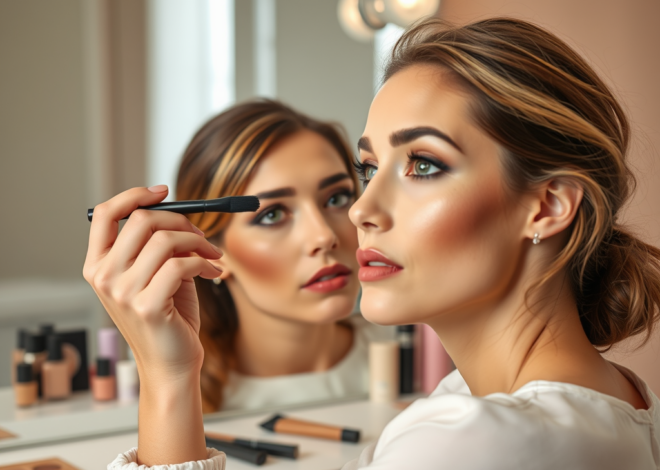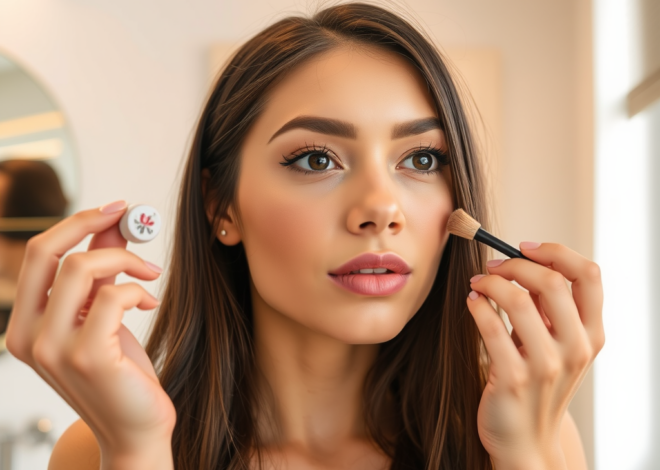
Should You Care about Reef-Safe Sunscreens?
If you’re concerned about the environment, especially ocean ecosystems, it’s time to consider whether the sunscreen you slather on may harm coral reefs. These fragile ecosystems are crucial for marine life and their conservation is in our hands. Reef-safe sunscreens have gained attention as traditional sunscreen chemicals have been found to contribute to coral bleaching. So, should you care? The straightforward answer is yes. As a conscious consumer, understanding the impact of your choices can help preserve the underwater world for generations to come. This article explores the significance of reef-safe sunscreens and what you need to know to make an informed decision.
Understanding Coral Bleaching and Sunscreens
Coral reefs are some of the most biodiverse ecosystems on the planet, supporting thousands of marine species. However, these underwater rainforests are incredibly delicate, and even small changes in their environment can have catastrophic effects. Coral bleaching occurs when corals are stressed, primarily due to rising sea temperatures and pollution. Among the various pollutants, certain chemicals found in many sunscreens, such as oxybenzone and octinoxate, contribute significantly to this stress. When these chemicals wash off our skin into the ocean, they accelerate coral bleaching by damaging coral DNA and disrupting their growth and reproduction processes.
Studies have shown that even minuscule amounts of these substances can be harmful to marine life. In response to this, some regions with precious coral reefs, like Hawaii and Palau, have banned sunscreens containing these ingredients. Consequently, there’s a growing market for ‘reef-safe’ sunscreens that promise to minimize the negative impact on these ecosystems.
What Makes a Sunscreen ‘Reef-Safe’?
The term ‘reef-safe’ isn’t officially regulated, which makes choosing the right product challenging. Generally, reef-safe sunscreens avoid chemicals known to harm corals, instead relying on physical blockers like zinc oxide or titanium dioxide. These substances sit on top of the skin and reflect UV rays rather than being absorbed. When selecting a reef-safe sunscreen, look for products that:
- Lack oxybenzone and octinoxate, the most common harmful chemicals,
- Use non-nano zinc oxide or titanium dioxide as the active ingredients,
- Avoid ingredients like octocrylene, homosalate, and octisalate, which can also damage marine ecosystems,
- Are water-resistant to minimize runoff,
- Promote biodegradability which assures that it breaks down without causing environmental damage.
While these criteria can guide you, it’s always good to do further research or consult environmental organizations for their recommendations.
Impact on Human Health and Efficacy
Some consumers worry that by switching to reef-safe sunscreens, they may compromise on protection against harmful UV rays. The good news is that reef-safe sunscreens can offer the same level of SPF as traditional sunscreens, with more skin-friendly, less allergenic, and potentially less hormone-disrupting ingredients. Because ingredients like zinc oxide and titanium dioxide are less likely to cause skin irritation, they’re also better for individuals with sensitive skin.
It’s important to note that reef-safe sunscreens, particularly those using physical blockers, often leave a white cast on the skin and can be thicker, which some users may find less appealing. However, as formulations improve, many brands are offering sheerer versions that are as wearable as their chemical counterparts.
The Economic Implications
The choice of sunscreen not only affects the environment and personal health but also has wider economic impacts. Coral reefs are a significant attraction for tourism in many parts of the world. When reefs decline due to bleaching, there can be a substantial decrease in tourism revenue, which can affect local economies that are dependent on this industry. Moreover, healthy reefs provide protection against storm surges and erosion, offering economic value in terms of coastal defense. By choosing reef-safe sunscreens, consumers indirectly contribute to the preservation of these natural resources and the livelihoods of communities that rely on them.

Corporate Responsibility and Consumer Awareness
As the demand for environmentally friendly products rises, companies are increasingly accountable for the products they put on the market. Those offering reef-safe sunscreens not only respond to consumer demand but also take a stand in environmental stewardship. This move can shift industry standards and promote broader environmental consciousness.
As a consumer, your day-to-day choices make a statement about the kind of world you want to live in. Being aware of the impact your sunscreen has on coral reefs is a small but significant step towards more sustainable living. By choosing reef-safe products, you become part of a larger movement striving to preserve our planet’s natural beauty and ecological balance.
Conclusion
When it comes to protecting our planet’s reefs, the sunscreen you choose does matter. Reef-safe sunscreens are a viable option that can help reduce damage to coral reefs and marine life without sacrificing UV protection for your skin. As consumers, we have the power to drive change through informed choices, and opting for reef-safe sunscreens is a simple yet powerful way to contribute to ocean conservation. Let’s take responsibility for our impact on marine ecosystems and turn to alternatives that help everyone, both under the sea and above it.
FAQs
1. Are reef-safe sunscreens as effective as traditional sunscreens? Yes, reef-safe sunscreens can offer the same level of SPF as traditional sunscreens and are effective in protecting against UV rays.
2. How can I identify a true reef-safe sunscreen? Look for sunscreens that avoid harmful chemicals, such as oxybenzone and octinoxate, and use non-nano zinc oxide or titanium dioxide as active ingredients. Make sure they are also biodegradable and water-resistant.
3. Do all countries regulate the term ‘reef-safe’? No, ‘reef-safe’ isn’t an officially regulated term globally, so it’s vital to read the ingredient list and research brands.
4. Why are some chemicals in sunscreens harmful to coral reefs? Certain chemicals found in sunscreens, such as oxybenzone and octinoxate, can disrupt coral growth and reproduction, lead to coral bleaching, and are toxic to marine life at very low concentrations.
5. Can using reef-safe sunscreens benefit local communities? Yes, by fostering healthier coral reefs, these sunscreens support tourism and provide economic benefits to local communities that depend on reef-related activities.


